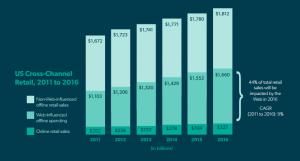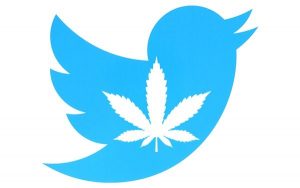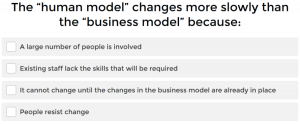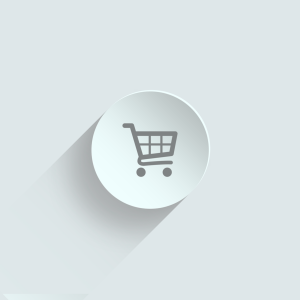There’s a reason you don’t see Skittles in the Wholefoods checkout line or Prada bags at Walmart. Suppliers need to choose their retailers strategically, and vice versa. A strong supplier-retailer relationship could lead to a road of long-term success and more efficient practices. Today, retailers and suppliers are becoming increasingly collaborative in order to capture their consumers using the lowest cost method possible. When searching for your ideal retailer, meet up with a representative face-to-face and follow this checklist of key considerations:
 1. Target Audience
1. Target Audience
What kind of customers does a retailer attract? Where does your typical consumer prefer to shop? Choose the retailers at which your products will receive the most attention from the consumers who matter most to you. A good way to do this is to do some research on your competition. Who are your competitors supplying to? If they all seem to gravitate towards one retailer, like health-food companies do to Whole Foods, the question then becomes how do I get my product on their shelf? Or, what qualities does this retailer have that I should be looking for in my other retailers?
2. History and Projection of Sales
This is the proof. Find out how the retailer has performed in the past reaching your target audience with your type of product. Does this retailer have numbers to back up their claims about the type of consumers they attract? What sales do they project and how do they accurately estimate the sales? What can you expect to get out of distributing your products with this retailer?
3. Reliable Communication Method
There must be constant, reliable communication between you and your retailer. This way you can address or even prevent any sort of stock issues, delivery mishaps, and purchase order mistakes, and ensure all agreements are being followed through on. Suppliers and retailers are increasingly turning to technology for this. Data-pooling software that simplifies real-time data communication leads to more accurate forecasting and better inventory management. Suppliers with multiple retailers tend to outsource their distribution to third-party merchandisers who can use the available technology and software to fluidly communicate trustworthy information from merchandising representative to manager and ultimately from retailer to supplier.
4. Marketing Assistance
Whether from the get go or somewhere down the road, at some point you’re likely to implement promotional sales and discounts to market your items. How will your retailer assist in executing marketing efforts in-store? Do they conduct demos? What are the extra costs associated with this? How can you ensure that they are marketing your products exactly as you envisioned?
5. Payment Plan
Have a set payment agreement. How much and when? What is the procedure if retailers are late on payments? What efforts will they make to avoid late payments?
Remember that supplier-retailer relationships are a two-way street. They are looking for the perfect supplier that will bring in the most sales while you simultaneously search for the retailer that attracts the right consumer for your product. When you go in for a visit with a retailer’s representative, be prepared to get asked a handful of questions. Make sure you can tell them why your product is different than every other chip or drink on the shelf. Why does it stand out? They will also want to know all of the details about the supply chain for your product. In other words, how can you justify the cost for them? Be aware that some grocers have ingredients standards that your products must fit. Representatives may also ask about previous retailers that you have worked with, if any. In all they’re looking for what you are; a trustworthy sustainable partner whose goal is to optimize sales.
(136)






